With the determination of soldiers and people to overcome difficulties, on Sinh Ton island there are specialized vegetable gardens with green and diverse crops. From the results of labor and production, up to now, soldiers and people of Sinh Ton island have been self-sufficient in more than 75% of their vegetable needs, not depending much on vegetable supplies from the mainland...
We arrived at Sinh Ton Island at the end of the dry season in 2023. Although it was only 8 o'clock, the sun was hot, the temperature on the island was quite high, and the weather was dry. After investigating, we learned that it had been nearly 5 months since it rained on the island. Many trees near the coast had dried leaves due to the wind and salty air.
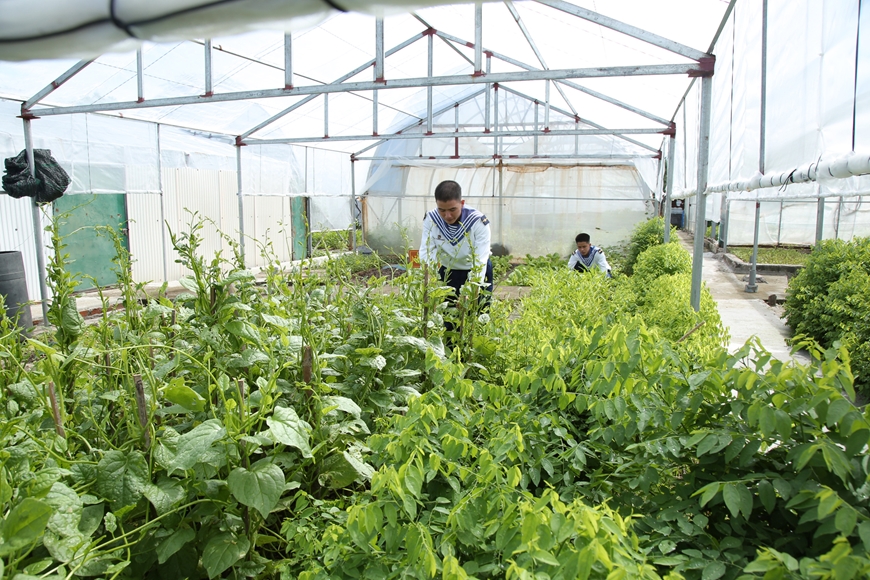 |
Survival Island soldiers harvest vegetables. |
Leading us to visit the concentrated vegetable growing areas, Senior Lieutenant Le Van Chung, Logistics Assistant of Sinh Ton Island, said: “Growing vegetables on the mainland is difficult, growing vegetables on the island is much more difficult because of the lack of fresh water, the influence of the marine environment, the soil mixed with coral sand, and the year-round wind and waves. On the other hand, most vegetable varieties are not suitable for the island environment and the climate at sea. With the investment of the Navy and the support of the whole country, up to now, the army and people on the island have built a number of solid specialized vegetable gardens with large areas and quite fertile soil, allowing vegetables to be grown all year round. Along with that, on the island there is now a machine to filter seawater into fresh water, a large capacity rainwater tank, so the water source for watering vegetables is less difficult, thanks to that, the yield and quality of green vegetables are much higher”.
Visiting the indoor vegetable growing area, we noticed a specialized vegetable growing system of 750m2 , with 8 small houses, designed with sturdy iron frames, surrounded by 2m high corrugated iron sheets, on the roof there is a specialized white membrane to block wind and sea vapor. The garden is divided into plots, with signs of units, growing all kinds of vegetables, such as: green mustard, Malabar spinach, amaranth, Malabar spinach, water spinach, herbs... The plants are lush green, ready to harvest. Senior Lieutenant Le Van Chung added that before there was no specialized vegetable growing system, cultivation was very difficult, the vegetables had just sprouted a little bit and encountered bad weather, the salty air burned all the leaves, leaving only the roots.
We met Sergeant Ngo Thanh Hai harvesting vegetables. He excitedly said: “My hometown is in Dong Nai. Before joining the army, I also helped my parents with farming , growing vegetables and fruit trees. Working on the island, after afternoon training, my brothers and I proactively went to the concentrated production area to take care of the vegetables. The indoor vegetable garden has a roof to block sea vapor, the soil is rich in nutrients, and there is enough water for irrigation, so it grows as well as on the mainland. Taking care of vegetables every day is our pleasure after hard training hours.”
Leaving the specialized vegetable growing area, Senior Lieutenant Le Van Chung led us to visit the vegetable growing areas of the units and households on the island, which are arranged near the houses. The vegetable gardens are all planned quite compactly, 100-150m2 wide, surrounded by 1.5m high walls to block the sea wind. The garden is divided into small plots, growing many types of vegetables. The surrounding walls are used to grow climbing plants such as gourds, squash, luffa... Currently, Sinh Ton Island is self-sufficient in more than 75% of its green vegetable needs. When the weather is favorable, the vegetables grow well, the soldiers on the island also send vegetables to the naval ships on duty at sea. The households are also basically self-sufficient in the daily needs of green vegetables for their families.
Visiting the Truong Sa archipelago, we noticed that vegetable growing on the islands has changed a lot compared to before. With the joint efforts of the army and people of the whole country and the efforts of the army and people on the islands, the vegetable gardens are more and more green and lush.
Article and photos: LUONG THAO
Source



![[Photo] Students of Binh Minh Primary School enjoy the full moon festival, receiving the joys of childhood](https://vphoto.vietnam.vn/thumb/1200x675/vietnam/resource/IMAGE/2025/10/3/8cf8abef22fe4471be400a818912cb85)

![[Photo] Prime Minister Pham Minh Chinh chairs meeting to deploy overcoming consequences of storm No. 10](https://vphoto.vietnam.vn/thumb/1200x675/vietnam/resource/IMAGE/2025/10/3/544f420dcc844463898fcbef46247d16)




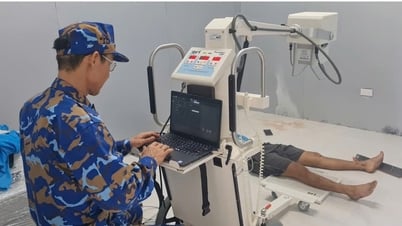




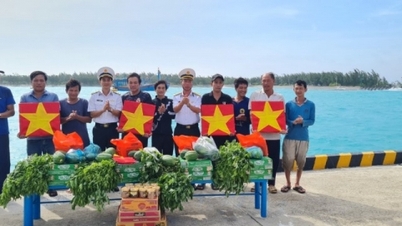

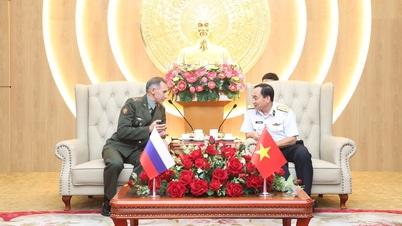


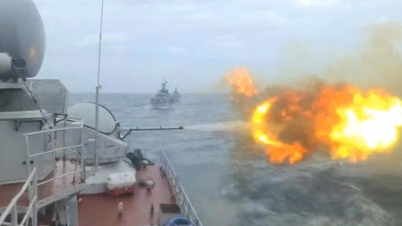


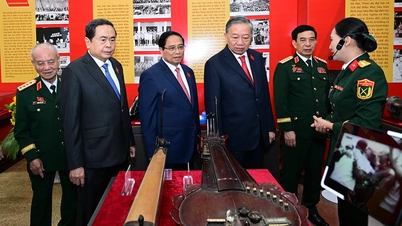






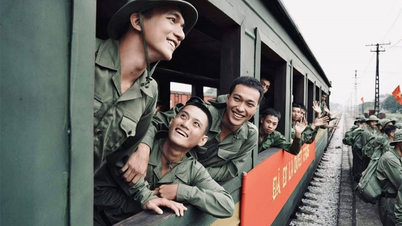


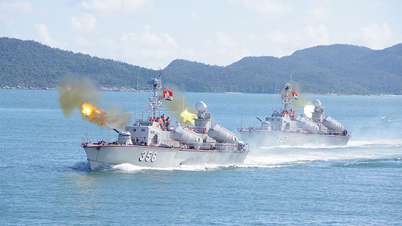
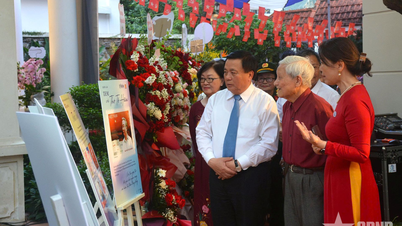























































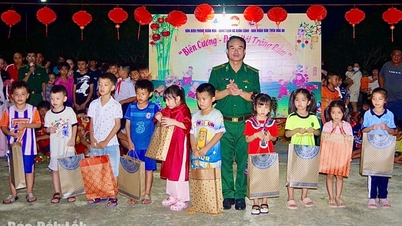











Comment (0)